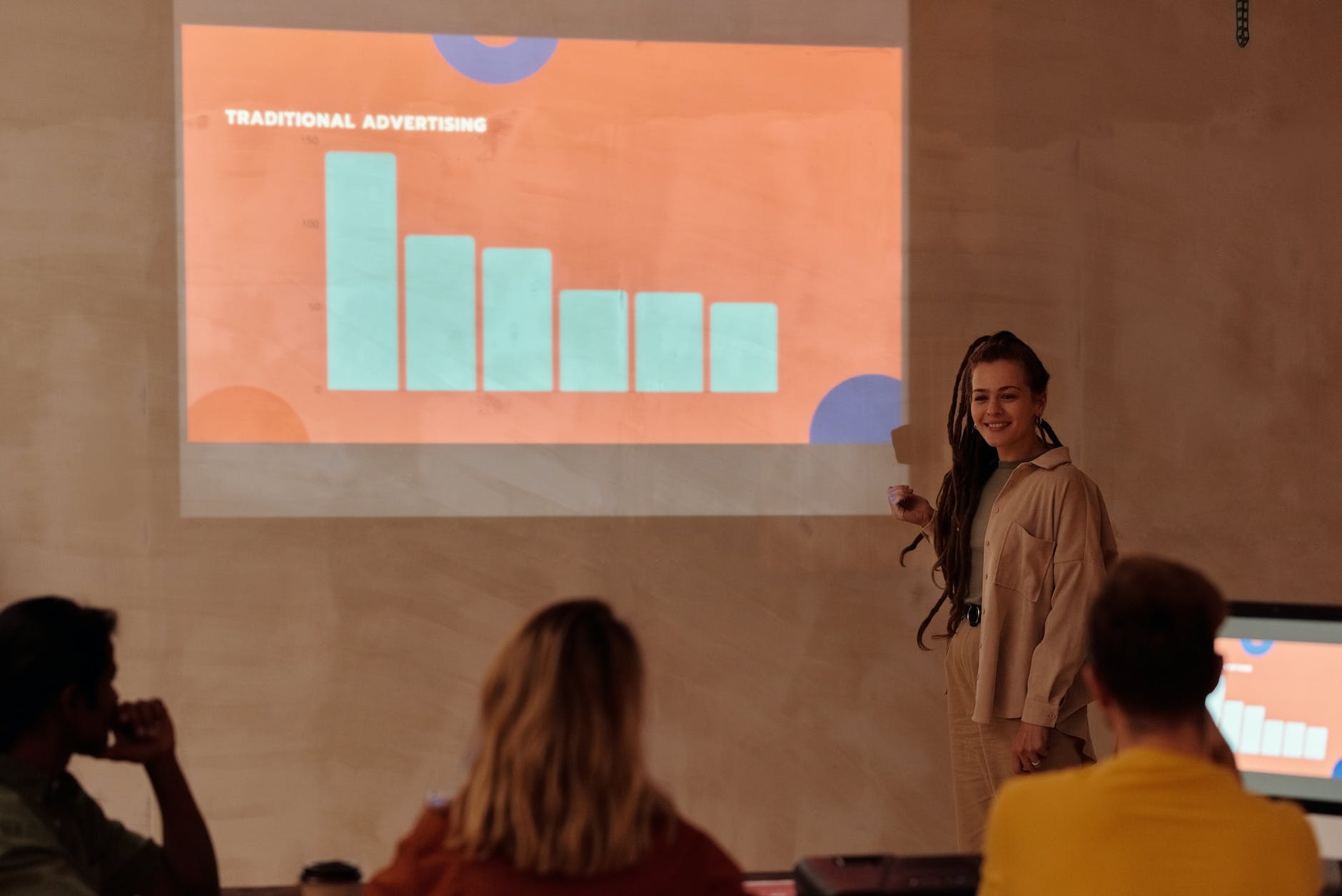What is the Rapid Instructional Design approach?
We already reviewed the three principal models in Instructional Design: ADDIE, Dick and Carey and Understanding by Design. Now, we will learn about the Rapid Instructional Design that, in contrast to the previous models, is not a model but an approach. Let’s discover why.
The Rapid Instructional Design changes the process to make it quicker.
When there is a demand to develop a learning experience quickly but still effectively, the Rapid Instructional Design provides a clear guidance to cut time in the designing process.
How could we modify the process?

- Using Authoring Tools that increase the speed of development. For example, Captivate, Articulate, Powerpoint, Google slides, etc. This would be the easiest way to make the process fast.
- Modifying the ADDIE model stages and cut time during the Analysis. Although the Analysis is the most important stage, if you already know the clients this stage could be faster.
- Collaboration with SMEs, Developers and Graphic Artists.
- Rolling out the course in modules or sections. If it is a long course, module 1 could start without while we are working on the design of the last modules.
- Utilizing similar learning projects that we designed in the past and using some learning objects.
- Reduce the amount of graphics, interactions and learning strategies. However, this is not the most desirable outcome and we will only use it if there is an urgency in finalizing the course.
Stages in the Rapid Instructional Design
Rapid Instructional Design by Pilar GonzálezImplications of the Rapid Instructional Design for Instructional Design
As Instructional Designers, we need to listen to the stakeholders’ needs and timeframe allocated to develop the course. However, we need to be realistic and understand that if the time designated to the process is short, we might not be able to develop a complete and sophisticated learning experience. All this information should be discussed at the beginning of the project and clarify expectations.
Including the prototype in stage four is an interesting strength that I did not see in the previous Learning Models. Presenting a prototype as a small-scale version of the course allows the designer to modify the content based on stakeholders and learners’ feedback.
If we need a learning experience that needs to be updated continuously, the Rapid Instructional Design will be our best choice due to the iteration.
Strengths and Limitations of the Rapid Instructional Design in Education K-12
Obviously, the main advantage of Rapid Learning for designers is the possibility to use templates and tools that make the designing process faster but still efficient. We need to know those Authoring tools and be informed and updated about the most recent ones in the Instructional Design field.

In my experience in Education K-12, I use Authoring tools such as Power Point, Canva or Google Slides to develop quick Professional Development and I also leverage similar presentations for future courses.
Teachers are also complementing the curriculum with quizzes, online activities and platforms to enhance the paper and pencil activities.
Another strength of using the Authoring tools is the easy use in different devices and its adaptability to tablets, smartphones or desktops. In our current society, we have all our lives inside of our smartphone, so being able to learn too could reach more potential learners.
Regarding users, in the Rapid Design the learned can learn at their own pace since the content is usually broken down into several modules. The learner can start the first modules of the course, while the designer is still designing the last modules, being able to incorporate the learners’ feedback to adapt better to their needs.
The main disadvantage that has the Rapid Instructional Design approach is that the learning experience, due to its quick designing process, could lack of effectiveness and engagement for our learners. Would it be worthy to sacrifice the depth in learning for a fast development of the course?